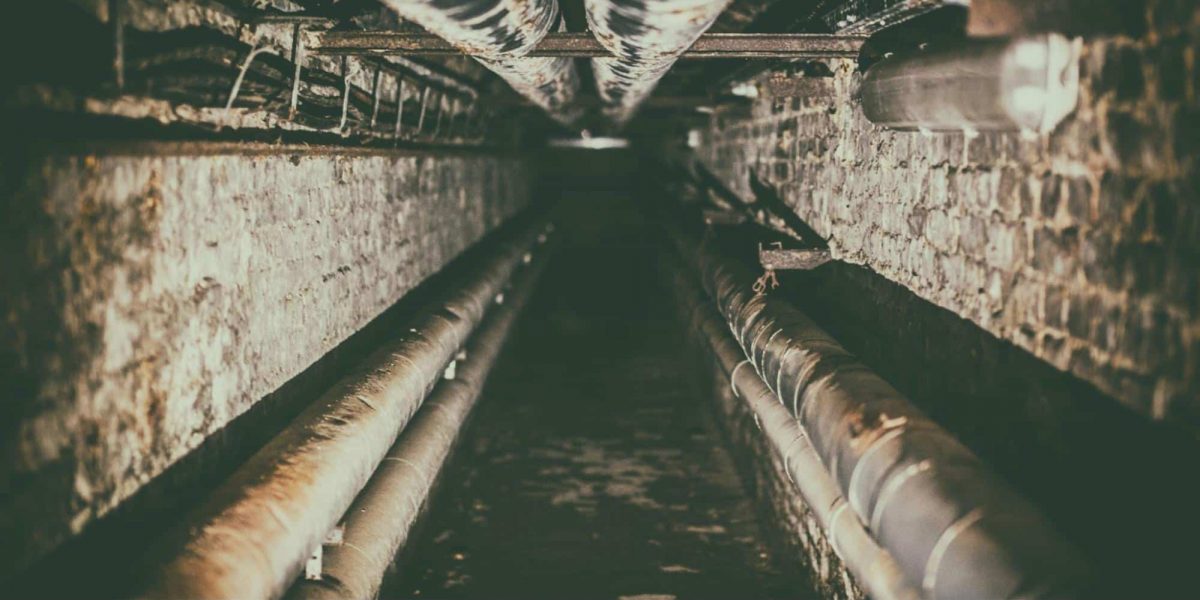Picture a seamless flow of rainwater swiftly draining away from your property, safeguarding it from potential damage. What if there were ways to enhance this process, making it even more efficient and reliable?
Discover the key strategies and innovative technologies that can take your stormwater drainage system to the next level, ensuring optimal performance and protection for your surroundings. Explore how simple yet effective changes can make a significant difference in maximizing the efficiency of your drainage system, offering peace of mind during even the heaviest downpours.
Don’t forget the importance of regular stormwater drain cleaning to maintain the system’s functionality.
Key Takeaways
- Regular maintenance prevents blockages and ensures optimal system function.
- Addressing drain issues promptly mitigates risks and prevents property damage.
- Advanced cleaning techniques like High Pressure Jetting ensure lasting results.
- Hire a professional for cost-effective solutions and efficient storm water drainage maintenance.
Importance of Proper Drainage Systems
Proper storm water drainage systems are essential for preventing water accumulation and minimizing property damage during heavy rainfall. Effective maintenance strategies play a crucial role in ensuring these systems function optimally.
Regular inspection and cleaning prevent blockages, reducing the risk of flooding and erosion. By investing in prevention, you avoid costly repairs and maintain the integrity of your property. Benefits of prevention include preserving the structural stability of buildings and preventing water-related hazards.
Implementing proactive maintenance measures, such as removing debris and checking for pipe damage, is key to a well-functioning drainage system. Prioritizing these strategies will help you avoid potential issues and keep your property safe and secure during inclement weather.
Common Causes of Drain Blockages
Blockages in storm water drains result from various factors, including the accumulation of leaves, dirt, and organic debris. These blockages can lead to significant issues if left unaddressed.
Here are common causes of drain blockages:
- Prevention methods: Lack of regular maintenance and cleaning allows debris to build up.
- Root intrusion: Tree roots can infiltrate underground pipes, causing obstructions.
- Pipe damage: Corroded, misaligned, or damaged pipes impede water flow.
- Poor installation: Incorrectly installed pipes can lead to blockages and inefficiencies.
To prevent drain blockages, implementing proper maintenance schedules, root barriers for trees, pipe inspections, and ensuring correct installation are crucial. Addressing these causes promptly can help maintain the efficiency of storm water drainage systems.
Dangers of Ignoring Drain Issues
Ignoring drain issues can lead to severe consequences that pose risks to property integrity and safety. Costly consequences may arise from neglecting blockages in stormwater drains.
Failure to address these issues promptly can result in significant property damage, including structural deterioration and mold growth. Safety hazards such as slippery surfaces and potential electrical hazards can also emerge from standing water caused by blocked drains.
Additionally, the accumulation of debris and stagnant water can attract pests and insects, further compromising the health and safety of the property.
Addressing drain issues in a timely manner is crucial to mitigating these risks and avoiding costly repairs and potential safety hazards.
Professional Drain Cleaning Techniques
For optimal maintenance of storm water drainage systems, employing advanced cleaning methodologies is essential to ensure efficient and lasting results. When it comes to professional drain cleaning techniques, consider the following:
- High Pressure Jetting: Utilizing high-pressure water jets can effectively remove blockages caused by debris, grease, and other obstructions within the pipes.
- CCTV Inspection: Conducting CCTV inspections allows for a detailed visual assessment of the drainage system, helping to identify issues such as cracks, leaks, or root intrusions.
- State-of-the-Art Equipment: Using modern equipment ensures thorough cleaning and maintenance of the storm water drainage system.
- Precise Repair and Replacement: Addressing damaged pipes promptly through repair or replacement is crucial for preventing future blockages and maintaining system functionality.
Advantages of Hiring a Professional
When considering professional maintenance for your storm water drainage system, engaging a professional, such as Cre8flow (click here to view their website), offers numerous advantages for ensuring optimal functionality and longevity. They can provide cost-effective solutions by offering timely maintenance services that help prevent blockages and ensure efficient water flow.
By hiring a professional, you benefit from their expertise in storm water drainage solutions, ensuring that your system is well taken care of. Their efficient service saves you both time and money, as they employ up-to-date techniques for clearing and cleaning storm water drains.
With a professional, you can trust in a reliable team that will work swiftly to get your drainage system back in working order.
Conclusion
In conclusion, ensuring the efficiency of your stormwater drainage system is crucial in protecting your property from potential damage and safety hazards. By addressing common causes of blockages and utilizing professional drain cleaning techniques, such as those offered by a professional, you can maintain a well-functioning system that effectively channels excess water away.
Investing in regular maintenance and professional services will maximize the effectiveness of your drainage system, keeping your property safe and secure during heavy rainfall.
Published By: Aize Perez



















